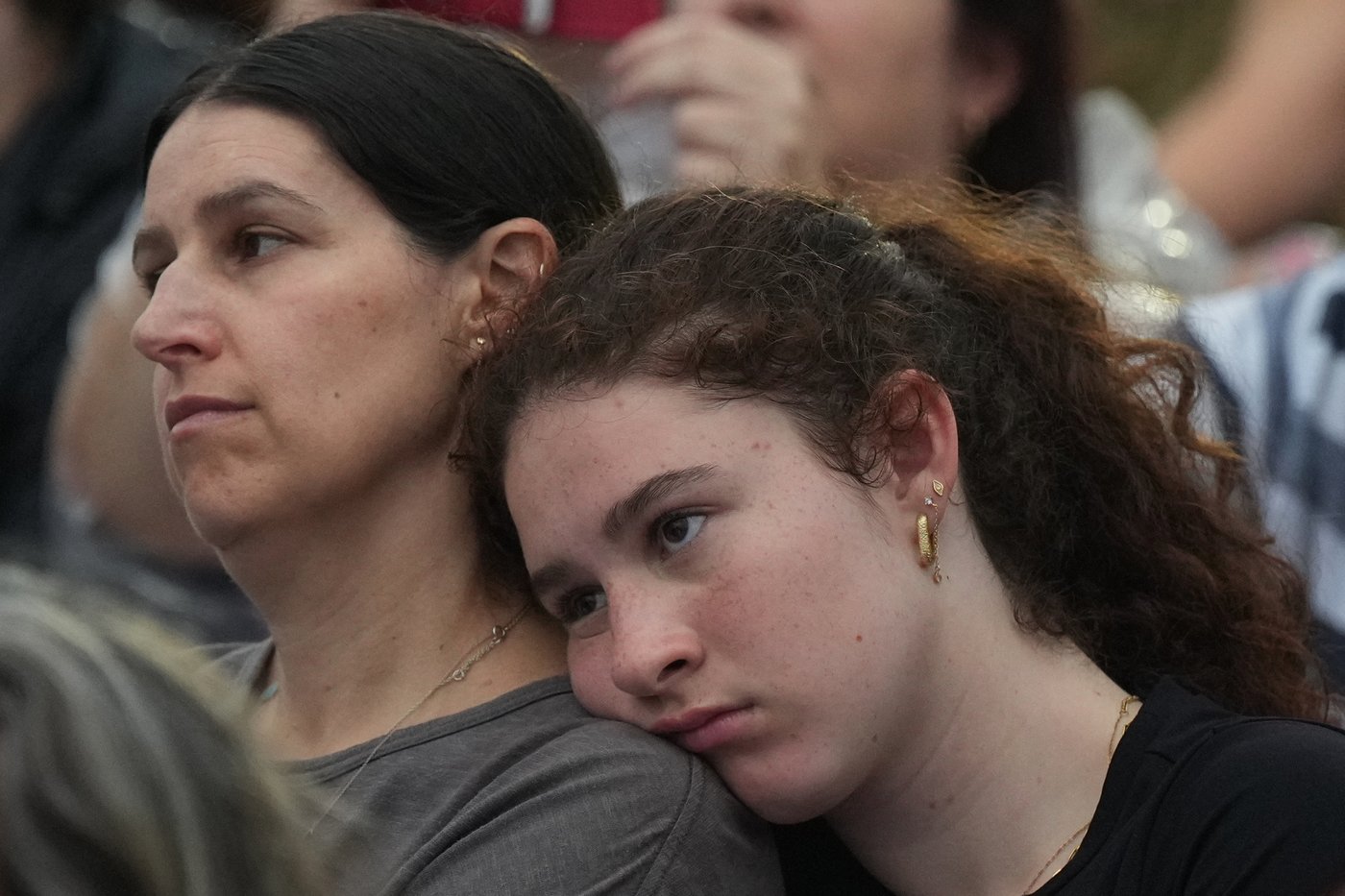Thousands of Thompson-Okanagan renters at severe risk of homelessness

More than 9,000 renter households in the Thompson-Okanagan regions pay more than 50% of their incomes in rents and utilities.
That’s considered crisis level living, putting them at an increased risk of becoming homeless.
The tally is based on 2021 census data compiled by housing organizations, including the BC Non-Profit Housing Association, into the Canadian Rental Housing Index.
It shows, for example, that 20% of West Kelowna residents fall into the crisis category, paying the highest average rents in the region of $1,738 per month.
Kamloops residents fare the best out of the region’s five largest cities but still had 13% of renter households paying more than 50% of their income for rent and utilities. Average rents there were $1,255.
Kelowna was at 18% while Vernon and Penticton were both at 14%.
Those who are at the crisis level are among the almost 25,000 Thompson-Okanagan households that pay more than 30% of their income in rent and utilities. That’s generally considered the cutoff for housing affordability.
READ MORE: Kamloops bylaw calls to homeless camps quadrupled so far this year
The Central Okanagan Journey Home Society, which is tasked with reducing homelessness in the region, is seeing first-hand the impact of rent increases as the number of unhoused people grows by about 100 each year.
Journey Home has just finished an in-depth survey of almost 400 people who are homeless in Kelowna. It is in the process of compiling and analyzing that data.
“We’re seeing a lot of trends that tie back to pure affordability so it’s not the community perception around, 'oh this is a substance use issue or this is a mental health issue,'” society executive director Stephanie Gauthier told iNFOnews.ca. “It was a pure affordability issue. We’re seeing properties being sold for redevelopment and what we’re seeing is a lot of renovictions or non-lease renewals.”
This is happening to long term residents of the city.
“Most have lived in Kelowna, either all their lives or have been here for several years, five, 10, 20 years,” Gauthier said. “And, while some people may come to the area because of a promise of a job or a relationship or family, we’re seeing very much the trend around, these are local people and local families falling into homelessness.”
Part of the crisis is due to a lag from the COVID pandemic where lower income people were often hit the hardest. They’ve now used up their savings and maxed out their credit cards and have reached the end of their resources.
“Pre-COVID, a lot of communities were seeing a decrease in homelessness, particularly in those key communities in Canada like Calgary and Toronto and Edmonton that have been working for decades on this issue,” Gauthier said. “Since COVID ended, these larger centres across Canada... are now seeing an average increase in chronic homelessness of 46%.”
There are now about 450 people homeless in Kelowna at any given time. About half of those are in shelters – which are now only about 80% full during the warmer weather – and the other half sleep outside.
READ MORE: Rutland residents fear downtown Kelowna’s problems are being dumped on them
“One of the things we established through our survey that stands out is the number of seniors and the number of people who have disabilities and are receiving disability support as their primary income,” Gauthier said. “We know that, with the benefits system, there’s a significant gap between what people get for their housing allowance and what it costs to be housed. We’ve got the added complexity that we’re talking about people with disabilities and mobility challenges. There’s got to be accessible housing where people can age in place.”
While Journey Home is working with the city, businesses and BC Housing to find more homes for people, there is nothing coming in the immediate future.
The Canadian Rental Housing Index report says that, between 2016 and 2021, average rents in BC went up by 30%, the highest in the country.
“Also concerning is the deteriorating quality of rental housing stock in Canada with an alarming number of units in need of major repairs, as well as the fact 500,000 renter households are resorting to living in overcrowded conditions to keep a roof over their heads,” the report says.
In BC as a whole, 16%, or 105,600 households are living at the crisis level.
All four regional districts in the Thompson-Okanagan had average rental household incomes below the provincial average of $63,200 in 2021.
Yet, only the Central Okanagan, at 18%, is higher than the provincial average in terms of renters living at the crisis level. That still accounted for more than half the people living at the crisis level in the region at 4,740 out of 9,145.
The Thompson Nicola region fares the best at 12% and 1,770 households.
The Okanagan Similkameen came in at 13% with 1,316 households while 14% (1,319) of the North Okanagan households were at the crisis level.
To contact a reporter for this story, email Rob Munro or call 250-808-0143 or email the editor. You can also submit photos, videos or news tips to the newsroom and be entered to win a monthly prize draw.
We welcome your comments and opinions on our stories but play nice. We won't censor or delete comments unless they contain off-topic statements or links, unnecessary vulgarity, false facts, spam or obviously fake profiles. If you have any concerns about what you see in comments, email the editor in the link above.



